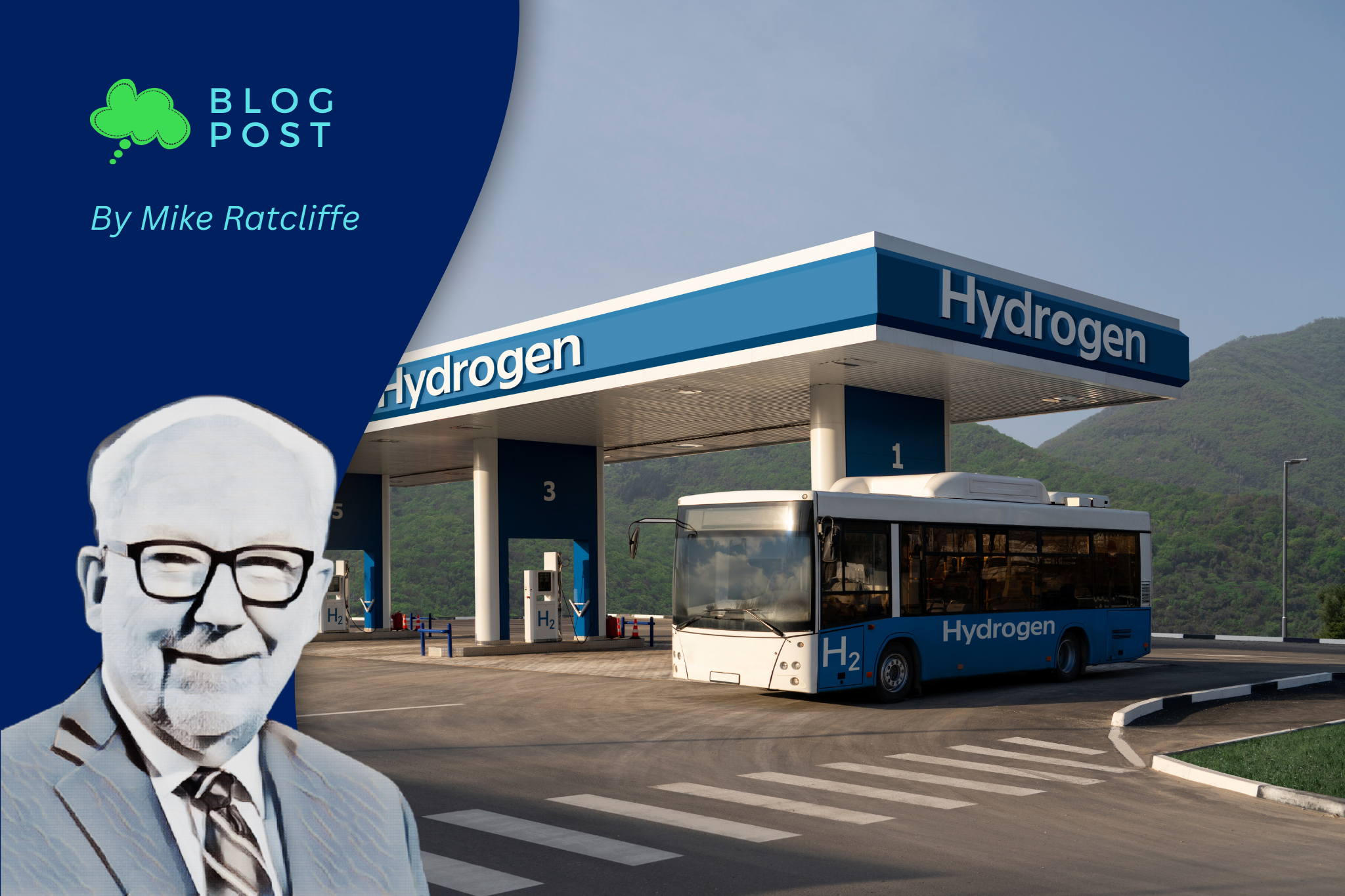Top 4 Market Disruptors Affecting Every Company in the Energy Sector
Posted by | Michael Ratcliffe
Over 80% of the country’s energy infrastructure is owned by the private sector. Here’s a condensed look at the energy industry and intelligence to put you ahead.
1. A Crossroads For Combustion vs. Electric Technology
The energy industry is finally waking up to reality. Sooner or later, the global economy needs to transition from fossil fuels to more sustainable and lower-carbon energy sources. Two questions remain: How long will oil persist? Will the consensus solution be combustion-based or electric?
The problem is that electrification may not be the solution for every sector. The weight, number, and size of batteries can be limiting factors in trucking and aviation, for instance. The Internal Combustion Engine (ICE) may remain but the move is towards renewable biodiesels in the medium term— an initiative that major refiners such as Neste, Total Energies, and Valero Energy have put considerable weight behind. Another force that could keep oil and gas around is supply and demand. As usage drops, the prices of oil and gas go down, further hindering any move away from the traditional energy sources for transportation and power generation.
On the other hand, Shell has lost a key case in Dutch courts and announced it will now accelerate its investment in renewables. Carbon pricing policies, net-zero pledges, and renewable fuel standards are proliferating worldwide, which will increase electrification. The cost of maintaining electric engines is also far lower than diesel or biodiesel. Biden wants his say as well, calling on sales of electric, fuel-cell and plug-in hybrids to account for 50% of car and light truck sales by 2030. More renewable power in the form of wind and solar will be needed to accommodate the anticipated growth in electricity demand from electrified transport.
2. The Electric/Hydrogen Showdown in Transportation
Brands like Tesla are pushing the meteoric rise of the EV. Formula E — the electric racing variant of Formula One — has also been a powerful driver of advancements in battery technology (types, materials, efficiency, power, longevity). In Europe’s core markets BEV market share grew by 147% year-on-year in the first half of 2021.
Trucks and other large/powerful vehicles, however, have a battery problem. At present, carrying capacity and range suffers and the math simply doesn’t compute in terms of cost of ownership. Some automakers, such as Volvo, are looking instead to hydrogen.
Oil and gas companies love this idea (they’re making hydrogen all the time). Shell has placed a lot of money behind hydrogen technology…but not nearly enough to jumpstart any radical economic change.
Ultimately, it will come down to the cost of production, the cost of maintenance, and infrastructure. Once you decide to change the paradigm of the powertrain in consumer vehicles, you’ve got to commit — ICE or electric — and also provide sufficient infrastructure for it to become feasible. Refueling/recharging stations would need to be placed along high-traffic routes in strategic locations where drivers will break to rest.
3. Solar Homes and An Evolving Power Grid
Homes are another enormous slice of the energy sector that has begun to evolve — and where large players are spending their money. The next generation of homes will be predominantly electrified (and smart).
Will we have roofs that are themselves solar, rather than covered with solar panel systems? Time will tell, but Tesla is speaking to that. A large movement in this direction would lead to radical changes in the power grid. Houses would be self-generating power and perhaps even donating excess back into the grid for use elsewhere. This would spark an upswing in investments and innovation in technologies for energy storage and distribution.
4. Final Catalyst Not Included
Disruption tends to move more slowly than people expect in the early going, but faster than they anticipate at the end. One reason for the slow initial pace of energy disruption is a lack of uniformity between countries. While alternative energies have grown competitive in the U.S., this is yet to be achieved in countries like Japan. Also, the most powerful of all energy disruptors — nuclear fusion — remains a long way off. In addition, lobbyists have governments backpedalling.
Even the floods in Germany and Japan and severe wildfires in California and Australia, while catastrophic, have not been enough to inspire a dramatic energy transformation. It may be the unfortunate truth that a final (more severe) environmental catalyst will be needed to ignite the fuse of the coming energy revolution.
Tags: Disruption, Energy, Oil & Gas
















